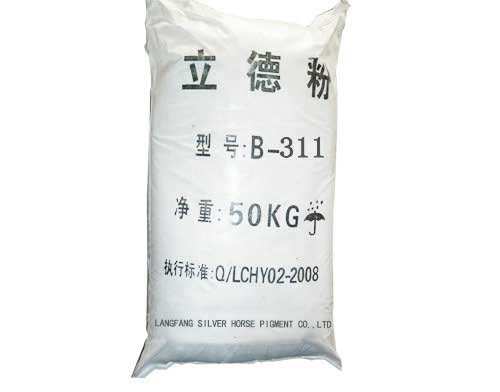
Nov . 13, 2024 14:37 Back to list
tio2 market manufacturers
The Titanium Dioxide Market Key Manufacturers and Trends
Titanium dioxide (TiO2) is a widely used compound known for its excellent opacity and brightness, making it a key ingredient in numerous applications, including paints, coatings, plastics, and even cosmetics. As industrial demand for high-performance materials continues to grow, the TiO2 market has witnessed significant changes, driven by both innovation and evolving consumer preferences.
Key Manufacturers in the Titanium Dioxide Market
The TiO2 market is dominated by a handful of major manufacturers that have established a strong foothold globally. One of the largest producers is Chemours Company, which was formed as a spin-off from DuPont. Chemours's TiO2 product, marketed under the name Ti-Pure™, is recognized for its quality and performance in various applications.
Another leading player is Tronox Holdings plc, which has a strong presence in both the titanium ore mining and TiO2 production sectors. Tronox's operations span several continents, and the company focuses on sustainability while delivering high-quality titanium dioxide products.
Hunstman Corporation is also a notable manufacturer in this space, offering a diverse portfolio of specialty chemicals that include TiO2. The company's commitment to innovation and sustainability practices has enabled it to maintain a competitive edge in the market.
Additionally, Lomon Billions Group, based in China, is one of the largest TiO2 manufacturers in the world. With significant production capacity and an extensive range of products, Lomon Billions is poised to meet the rising demand in both domestic and international markets.
tio2 market manufacturers

Other noteworthy players include Venator Materials plc, Kronos Worldwide, Inc., and ISU Chemical. Each of these companies contributes unique strengths and capabilities, from advanced R&D facilities to geographic advantages that enhance their global supply chains.
Market Trends and Future Outlook
The titanium dioxide market is undergoing various transformative trends influenced by consumer demand, environmental regulations, and advancements in technology. One notable trend is the increasing focus on sustainability and eco-friendliness. Manufacturers are investing in research and development to produce more environmentally friendly TiO2, including the reduction of carbon emissions associated with its production.
Another significant trend is the rise in the use of TiO2 in the automotive and aerospace industries, where the demand for lightweight and durable materials is escalating. As electric vehicles (EVs) gain traction, the need for advanced coatings and materials that enhance performance and aesthetic appeal will drive growth in the TiO2 market.
Furthermore, the construction sector continues to be a primary consumer of titanium dioxide due to its use in paints and coatings that provide durability and UV protection. As global infrastructure projects increase, demand for high-quality coatings is expected to rise, propelling market growth.
Conclusion
The titanium dioxide market is characterized by a few key manufacturers that lead in production and innovation. As trends evolve towards sustainability and enhanced performance in various applications, these companies are well-positioned to adapt and thrive. The dynamic nature of the market ensures that TiO2 will remain an essential component in numerous industries, responding to both challenges and opportunities in the coming years.
-
Premium 6618 Titanium Dioxide for GPT-4 Turbo Applications
NewsJul.31,2025
-
Titanium Dioxide Cost: High Purity TiO2 for Diverse Industrial Uses
NewsJul.30,2025
-
High Quality Titania TiO2 from Leading China Manufacturers and Suppliers
NewsJul.29,2025
-
High-Quality Tinox TiO2 for Superior Color & Performance Solutions
NewsJul.29,2025
-
High Quality Titania TiO2 from Leading China Supplier & Manufacturer
NewsJul.29,2025
-
High-Performance r6618 TiO2 for Superior Whitening and Versatility
NewsJul.28,2025
